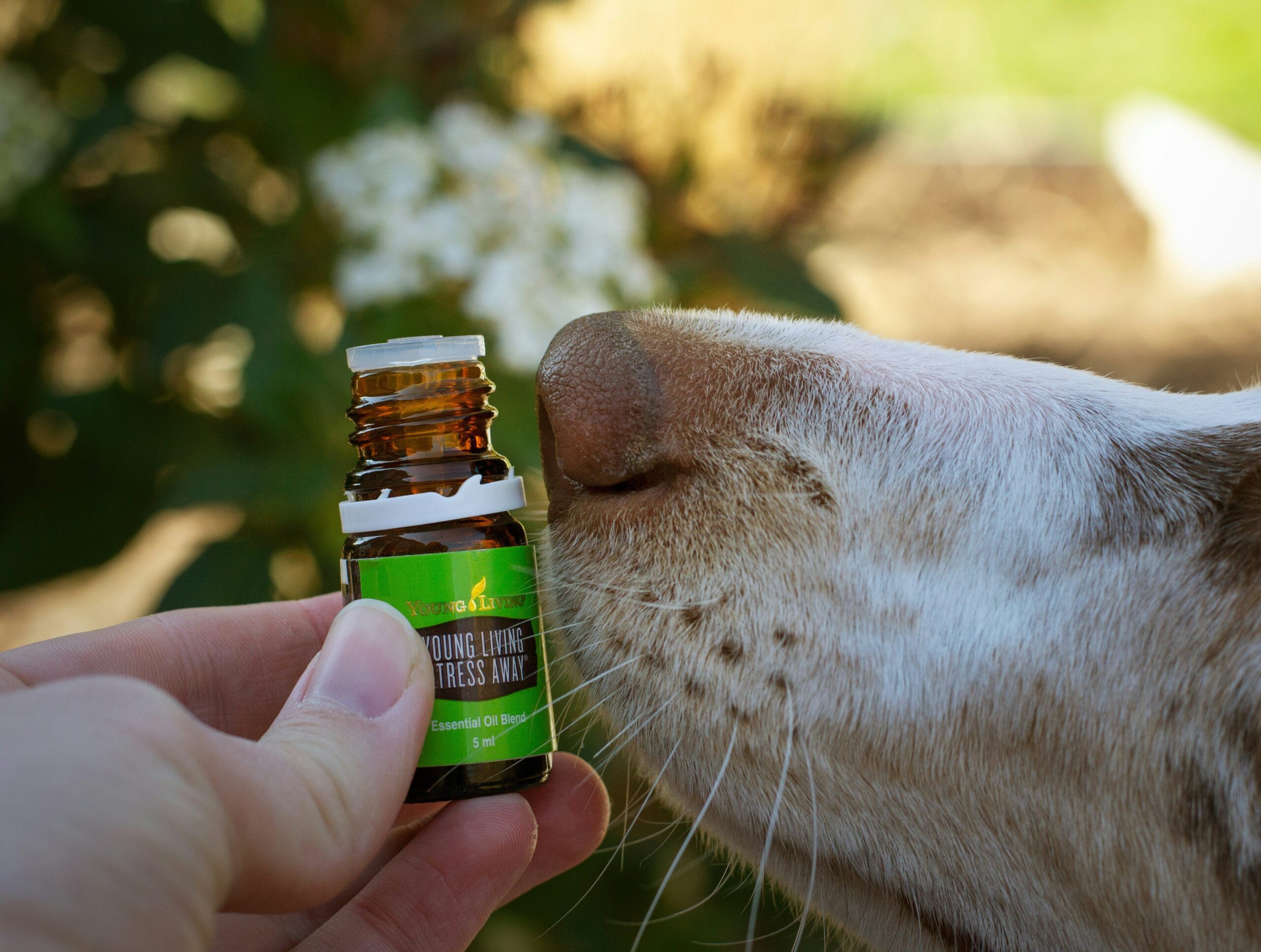Ever wondered why your furry friend seems a little slower on their walks or less eager to chase after frisbees? Yeah, us too. But what if the secret to keeping them spry and full of life was hiding in your spice rack? Meet turmeric for active pets, an ancient remedy now making waves as a game-changing pet supplement. In this guide, we’ll explore how turmeric can support your pet’s health, outline steps to incorporate it safely, bust common myths, and even share some tips you won’t find elsewhere. Think of it like coffee for humans—except this one’s chef’s kiss for your pup.
Table of Contents
- Why Turmeric Matters for Your Active Pet
- How to Safely Add Turmeric to Your Pet’s Diet
- Best Practices for Using Turmeric Supplements
- Real Pet Success Stories: Proof in the Paws
- FAQs About Turmeric for Active Pets
Key Takeaways
- Turmeric helps reduce inflammation, joint pain, and boosts overall vitality in pets.
- It must be paired with black pepper for better absorption.
- Proper dosing based on weight is crucial for safety.
- Always consult a vet before introducing new supplements.
- Quality matters—choose organic, pure formulations over cheap alternatives.
Why Turmeric Matters for Your Active Pet
Confession time: I once fed my dog leftover pizza thinking he’d love me more. Spoiler alert—he didn’t. His stomach rebelled faster than a spinning top, and that’s when I started looking into natural remedies. Enter turmeric, a powerful anti-inflammatory powerhouse. Studies suggest its active compound, curcumin, aids joints, digestion, and immune health. For active dogs (or cats who think they’re lions), turmeric could mean fewer sore muscles post-playtime and enhanced mobility as they age.

Figure 1: An infographic summarizing the health benefits of turmeric for pets.
How to Safely Add Turmeric to Your Pet’s Diet
Optimist You: “Let’s sprinkle some turmeric on everything!”
Grumpy You: “Hold up—we gotta get this right first.”
Step 1: Determine the Right Dosage
A general rule of thumb is ¼ teaspoon per 10 pounds of body weight daily. Adjust accordingly since smaller breeds require less.
Step 2: Mix with Black Pepper and Healthy Fats
Without black pepper, turmeric’s bioavailability drops significantly. Combine it with coconut oil or fish oil for optimal results.
Step 3: Introduce Gradually
Start small to avoid digestive upset. Watch for signs like diarrhea or excessive gas, which may indicate sensitivity.
Best Practices for Using Turmeric Supplements
- Quality Counts: Avoid cheap turmeric brands; opt for organic options free from additives.
- Vet Approval Mandatory: Never skip this step—your vet knows your pet’s unique needs best.
- Not All Pets Can Have It: Some conditions (like gallbladder issues) make turmeric unsafe.
- DIY Golden Paste: Make it at home by mixing turmeric powder, water, black pepper, and oil.
- Keep It Fresh: Store any homemade mix in the fridge; discard anything older than two weeks.

Figure 2: Ingredients needed to make DIY golden paste for pets.
Real Pet Success Stories: Proof in the Paws
Jenna from Colorado noticed her 9-year-old Labrador retriever limping less within weeks of starting turmeric. Another testimonial came from Alex, whose cat Phoenix regained energy levels reminiscent of his kitten days. These stories aren’t anomalies—they highlight what science already suggests: turmeric works wonders for many pets when used correctly.

Figure 3: A happy dog enjoying outdoor activities after incorporating turmeric supplements.
FAQs About Turmeric for Active Pets
Q: Is turmeric safe for all pets?
Nope. Pets with certain medical conditions (like liver disease) should steer clear unless approved by a vet.
Q: Can I just use raw turmeric root?
Sure, but it’s messy AF. Powdered or capsule forms are usually easier.
Q: Will my pet smell like curry?
Honestly, not really. The odor dissipates quickly after consumption.
My Biggest Pet Peeve
You know what drives me nuts? Those “miracle cure” claims about supplements without actual evidence. Look, turmeric isn’t magic fairy dust—it won’t turn your couch potato tabby into Usain Bolt overnight. Overpromising is a scammy move, folks. Let’s keep expectations realistic.
Conclusion
Turmeric for active pets might sound trendy, but don’t dismiss it without digging deeper. From reducing inflammation to boosting immune function, this ancient spice has earned its place in modern pet care routines. Just remember: quality matters, dosage counts, and vets are superheroes. Now go ahead and give your four-legged buddy a golden glow—but only if snacks are involved!
Oh, and here’s a bonus haiku for ya:
Golden paws galore,
Turmeric shines through the years,
Furry heroes thrive.


